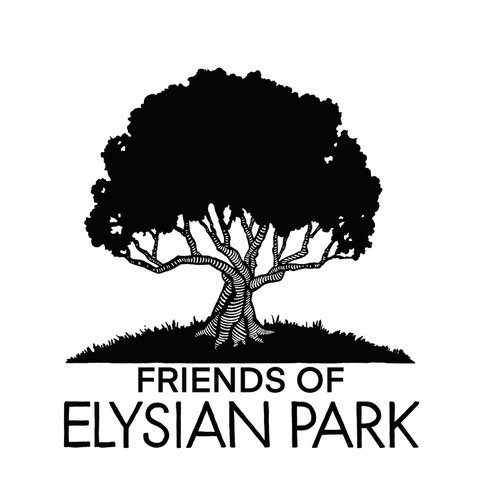The Black Mustard Has Arrived
By Evan Rosenberg, Citizens Committee Member
It looks like our “wet season” is over. It didn’t last long nor was it particularly wet. But right on cue, the black mustard has arrived.
You’ve seen it before. With just a little rain and a little sun, our dry, dusty hillsides transform into (seemingly) monoculture croplands of Brassica nigra, or black mustard. With a lot of rain, they can grow to be over six feet tall. You probably know this annual is invasive, but that doesn’t make the yellow tunnel at full bloom any less spectacular.
The plant can’t really be held accountable for taking advantage of the situation, but it is a major problem for the ecology of Elysian Park and basically any green space in Southern California. Where the mustard grows other plants cannot, making the prospects of restoration more challenging. Left unchecked, the best-case scenario is that it grows, blooms, seeds, and dies. Worst case scenario is that it does all these things and adds fuel to a wildfire, leading to even more vigorous growth in that area next year.
Sadly, this stuff is here to stay. The goal is to stop the spread not eradicate—sound familiar? One way to manage mustard is to get at the plant before it goes to seed, which can survive amidst the dirt for 50 years or more. Unfortunately, park maintenance crews are overwhelmed and typically don’t clear brush until the mustard has already gone through its life cycle in early fall. And even then, only small swatches near trails and property are grubbed to reduce fire risk.
But not all hope is lost. The latest restoration efforts in Elysian Park have shown that mustard can be halted so native plants can flourish instead. Two years ago, volunteers helped prep the Testplot sites near Marion Harlow Grove by weeding and removing black mustard seedlings well before they went to seed. In fact, the areas were deeply watered before the native plants were brought in to encourage the growth of invasive mustard and grasses so they could be more easily removed by volunteers. “Flushing out the latent seedstock before we planted the natives was key to weed suppression” said Jenny Jones of Terremoto, the local landscape architecture design studio behind Testplot. CCSEP and Terremoto then held a weeding party a few weeks before the native plants went in. “Since then, we’ve had almost no weeds in the plots, allowing the natives to get established.”
Of course, there is more work to be done and we need your help! We are gearing up to do more native planting, maintenance, and other activities to help restore the ecology of the park. Another weeding party could be just around the corner. Check our events page often and follow us on Instagram (@elysianparkla) to get alerted when the next volunteer opportunity sprouts up.
One last note worth mentioning, Brassica nigra is totally edible. It is cultivated all over the world and its seed is used to, you guessed it, make mustard. The plant itself is quite bitter but certain culinary alchemists and “invasivores” elevate this plant to a pretty high level of cuisine. Now, we cannot condone foraging within the boundaries of Elysian Park. And surely there should be some sort of disclaimer about eating things you find growing on the ground. But we will just leave it at that.

